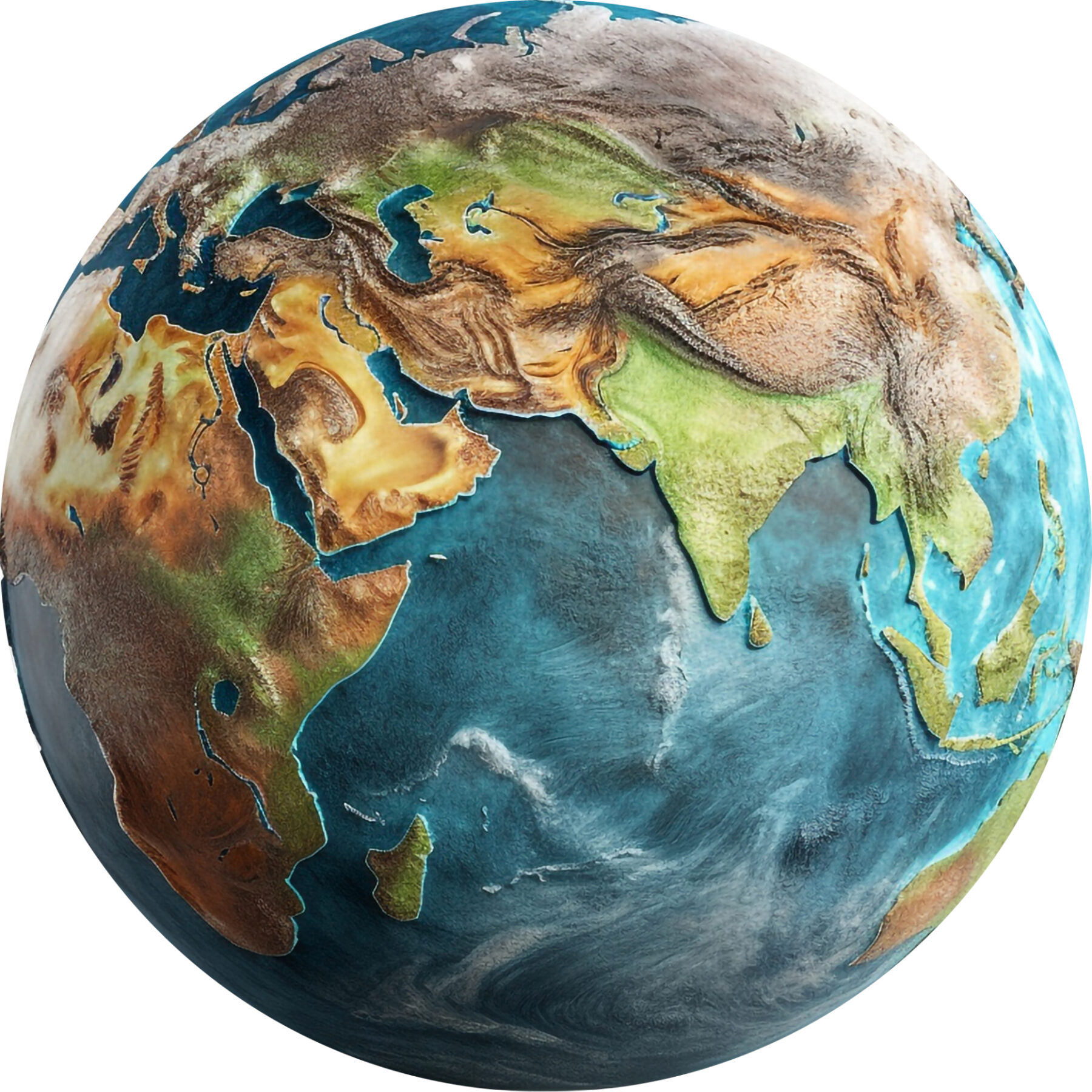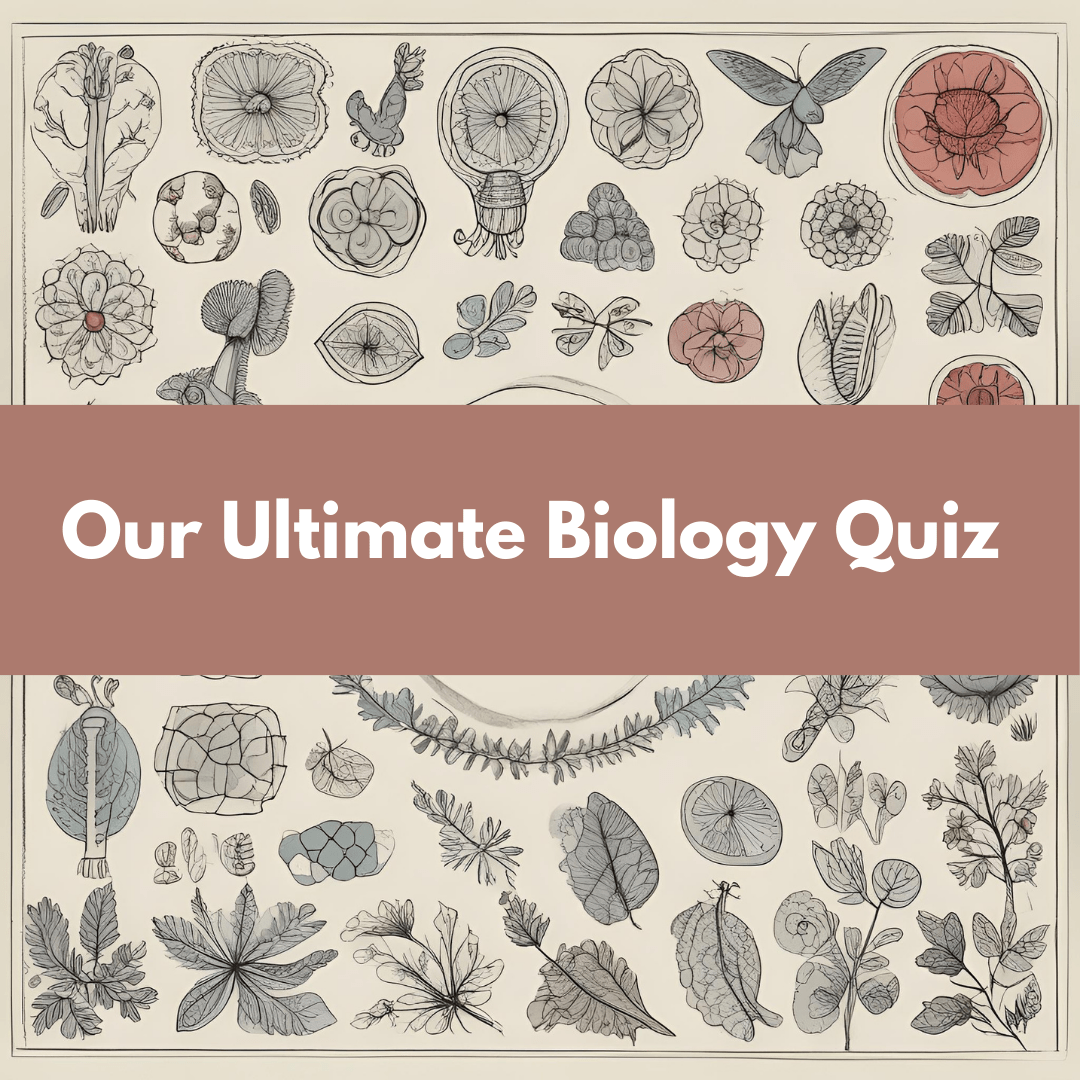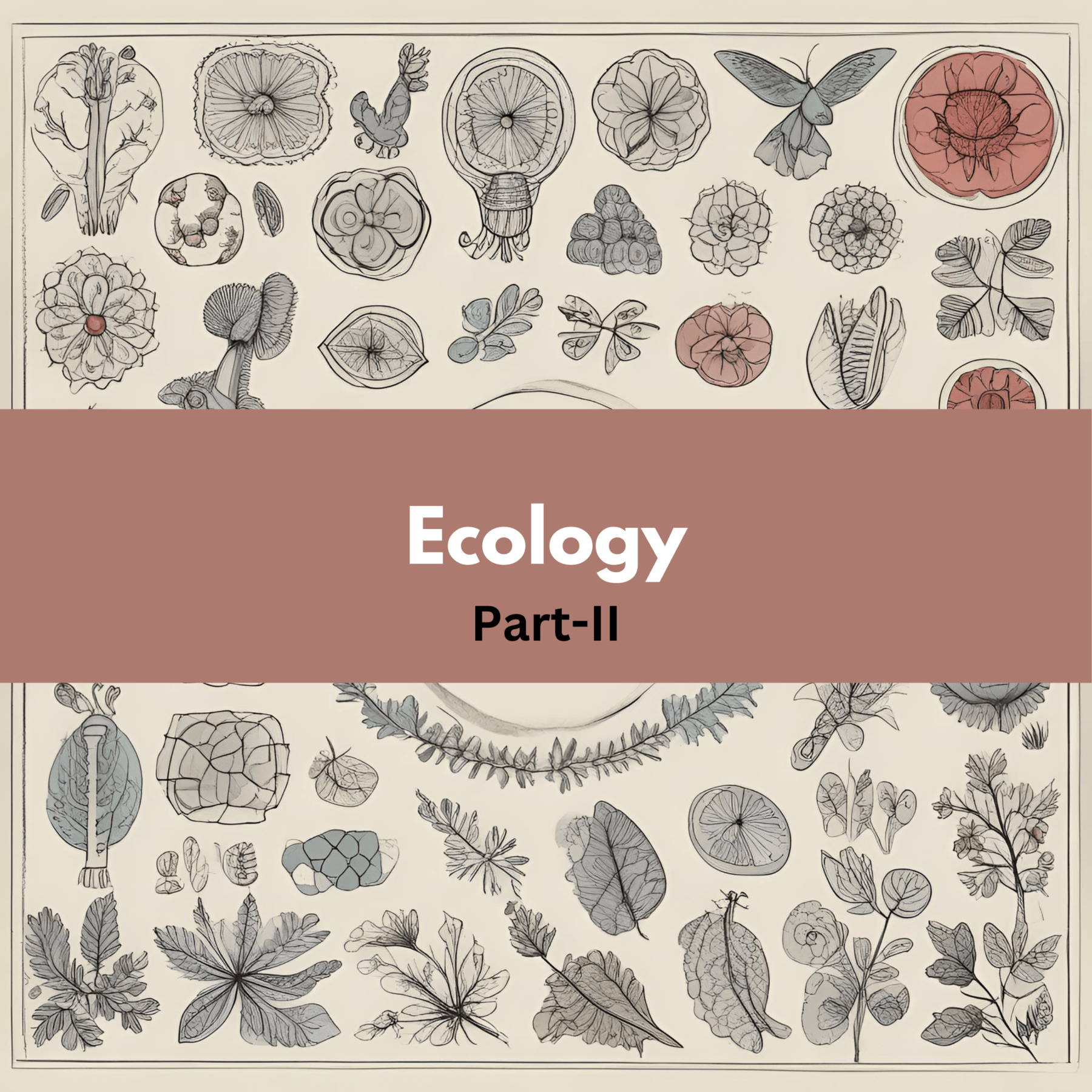Pre-Reading:
All animals have certain requirements for life. While seeking out these necessities, animals interact with other organisms and their physical surroundings. These interactions lead to a variety of relationships among organisms and even with the physical environment. Ecology is the study of these relationships between organisms and their environment and with each other. Understanding basic ecological principles helps us comprehend why animals inhabit certain areas, consume specific foods, and interact with other animals in particular ways. It also sheds light on how human activities can impact animal populations and what measures are necessary to protect animal resources. The following discussion covers ecological principles essential for understanding how animals exist in their environment.**

ANIMALS AND THEIR ABIOTIC ENVIRONMENT
An animal’s habitat includes all living (biotic) and nonliving (abiotic) features of the area it inhabits. Abiotic characteristics of a habitat encompass the availability of oxygen and inorganic ions, light, temperature, and current or wind velocity. Physiological ecologists studying abiotic influences have discovered that animals live within a specific range of values, known as the tolerance range, for any environmental factor. At either end of this range, one or more essential functions cease. A particular segment within the tolerance range, called the range of optimum, defines the conditions under which an animal thrives.
Certain combinations of abiotic factors are crucial for an animal’s survival and reproduction. If one factor falls outside an animal’s tolerance range, it becomes a limiting factor. For instance, a stream insect might have the right substrate for shelter, adequate current for food and dispersal, and the necessary ions for growth, but insufficient oxygen supply makes life unsustainable.
Often, an animal responds to an abiotic factor by orienting itself in relation to it; this orientation is called taxis. For example, a response to light is known as phototaxis. If an animal prefers well-lit environments and moves toward a light source, it exhibits positive phototaxis. Conversely, if it prefers low light and moves away from a light source, it shows negative phototaxis.
Energy
Energy is the capacity to perform work. For animals, work includes everything from foraging for food to moving molecules within cells. To meet their energy needs, animals consume other organisms, making them heterotrophic (Gr. hetero, other + tropho, feeder). Autotrophic (Gr. auto, self + tropho, feeder) organisms, such as plants, algae, and some protists, conduct photosynthesis or other carbon-fixing activities to produce their food. An accounting of an animal’s total energy intake and how that energy is used and lost is called an energy budget.
The total energy in the food an animal consumes is its gross energy intake. Some of this energy is lost in feces and through excretion (excretory energy); some supports minimal maintenance activities like pumping blood, exchanging gases, and repairing tissues (existence energy). Any remaining energy after existence and excretory functions can be allocated to growth, molting, nesting, and caring for young (productive energy). Survival depends on acquiring enough energy to support these productive functions. Achieving a favorable energy budget can be challenging, particularly in temperate regions where winter often limits food availability.
Temperature
An animal uses part of its existence energy to regulate body temperature. Temperature affects the rates of chemical reactions in animal cells (metabolic rate) and the animal’s overall activity. An animal’s body temperature seldom remains constant due to an imbalance between heat loss and heat gain. Heat can be lost to surrounding objects as infrared and heat radiation, to the air around the animal through convection, and as evaporative heat. Conversely, heat is gained from solar radiation, infrared and heat radiation from environmental objects, and inefficient metabolic activities that generate heat as a byproduct. Thermoregulatory needs influence many habitat requirements, such as food, water, and shelter availability.
When food is scarce, or animals are not feeding for other reasons, they risk starvation. Under these conditions, metabolic activities may decrease significantly.
Torpor

Torpor is a period of reduced metabolism and lowered body temperature that can occur daily in bats, hummingbirds, and some other small birds and mammals that must feed almost constantly when active. Torpor allows these animals to survive brief periods without feeding.
Hibernation
Hibernation is a period of reduced metabolism and lowered body temperature that can last for weeks or months. True hibernation occurs in small mammals like rodents, shrews, and bats. The set point of a hibernator’s thermoregulatory center drops to about 2°C, but thermoregulation is not completely suspended.
Winter sleep
Winter sleep occurs in some larger animals. Large energy reserves sustain these mammals through periods of winter inactivity. Body temperatures drop, but less than in true hibernation. For example, a black bear’s body temperature drops from 37°C to about 30°C, and the animal can wake and become active quickly.
Aestivation
Aestivation is a period of inactivity in some animals during extended dry periods. The animal usually enters a burrow as its environment begins to dry. It generally does not eat or drink and emerges when moisture returns. Aestivation is common in many invertebrates, reptiles, and amphibians. Torpor, winter sleep, hibernation, and aestivation are forms of controlled hypothermia (lowered body temperature) and vary by the extent of temperature drop, duration, and season.
Other Abiotic Factors

Other critical abiotic factors for animals include moisture, light, geology, and soils. All life processes occur in the watery environment of the cell, and lost water must be replaced. The amount and duration of light in a 24-hour period serve as an accurate indicator of seasonal changes. Animals use light to time various activities, such as reproduction and migration. Geology and soils often directly or indirectly affect the organisms in an area. Characteristics like texture, organic matter content, fertility, and water-holding capacity directly influence the number and types of animals living in or on the soil. These characteristics also impact the plants that animals feed on.




Keep posting more quizzes please
very helpful thanks for sharing such informative contents
Hello my loved one! I want to say that this post is amazing, great written and include almost all significant infos. I would like to look extra posts like this.